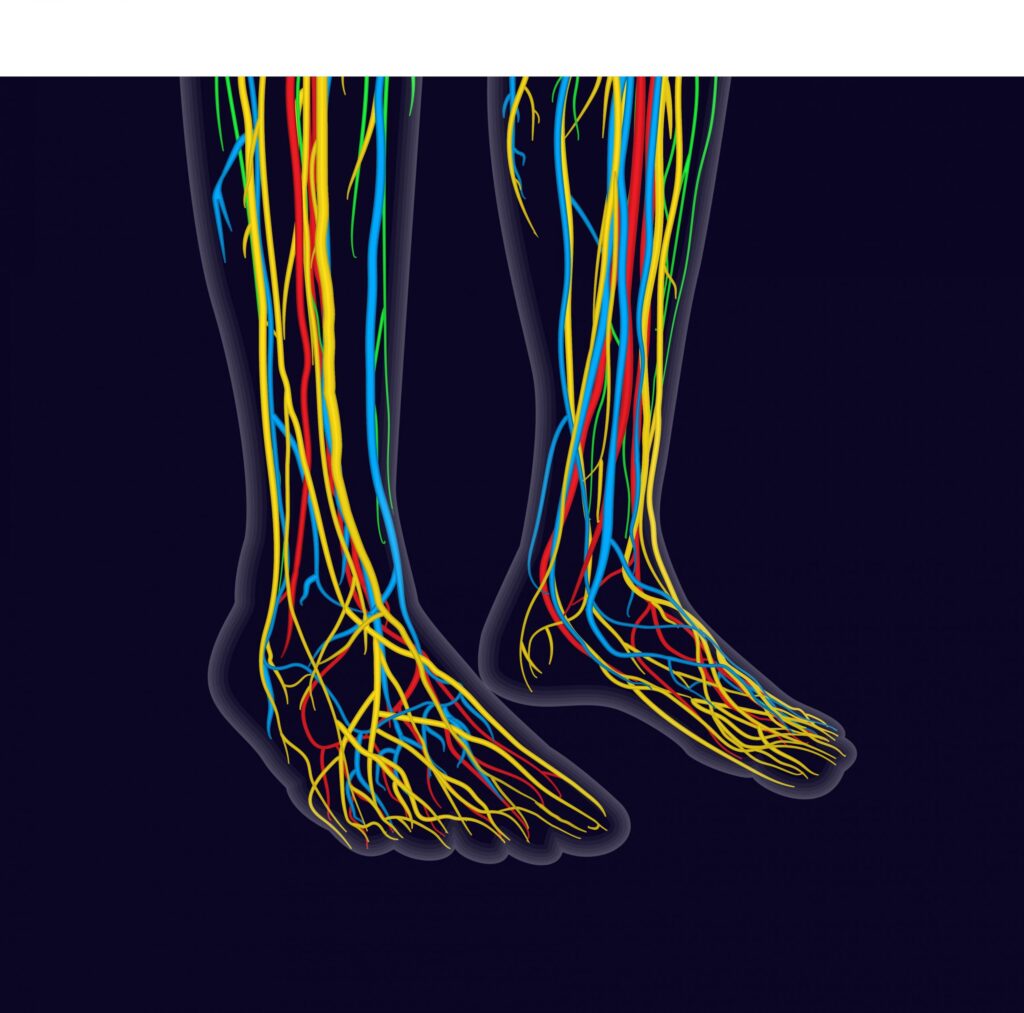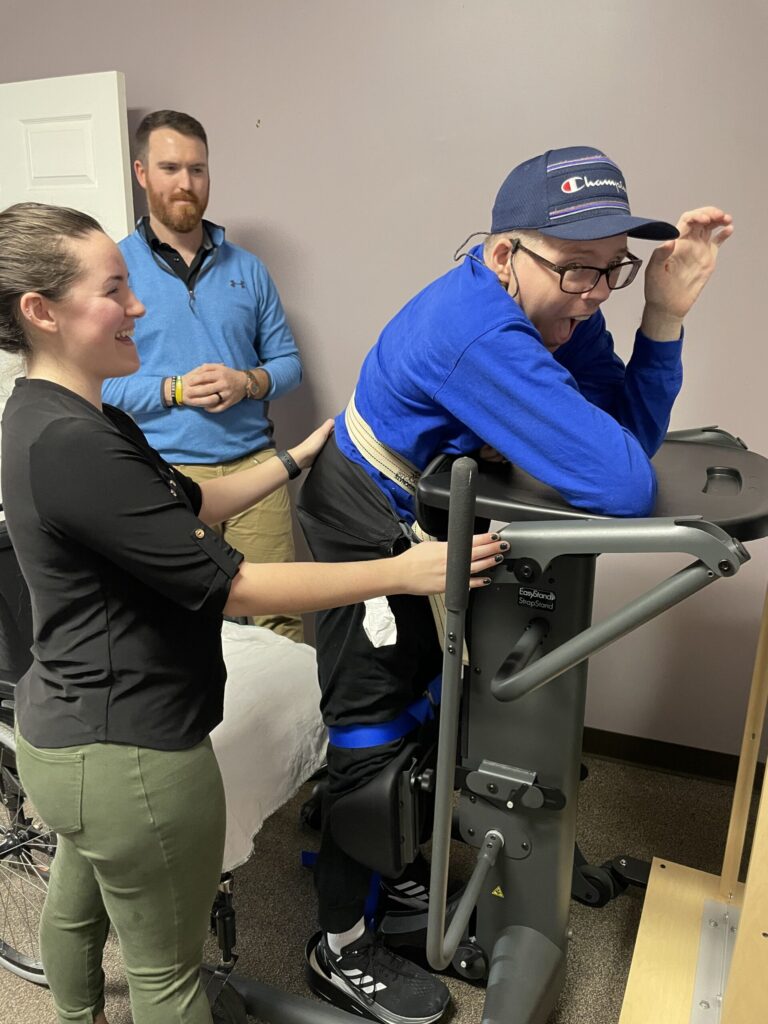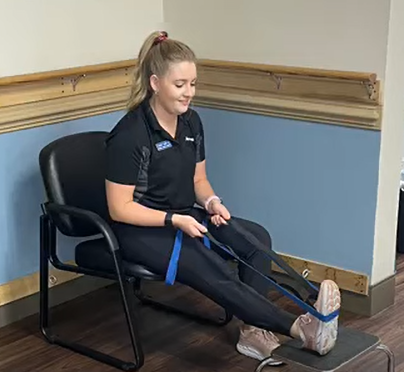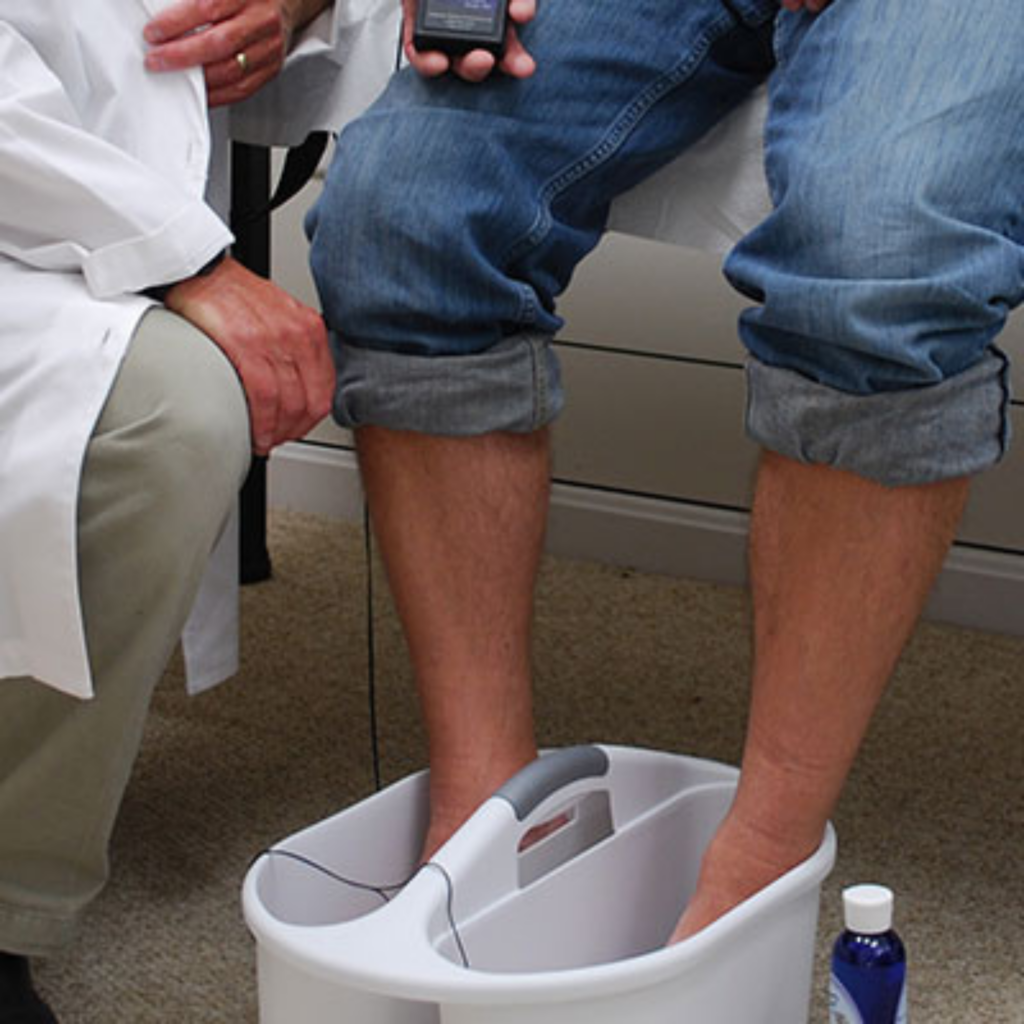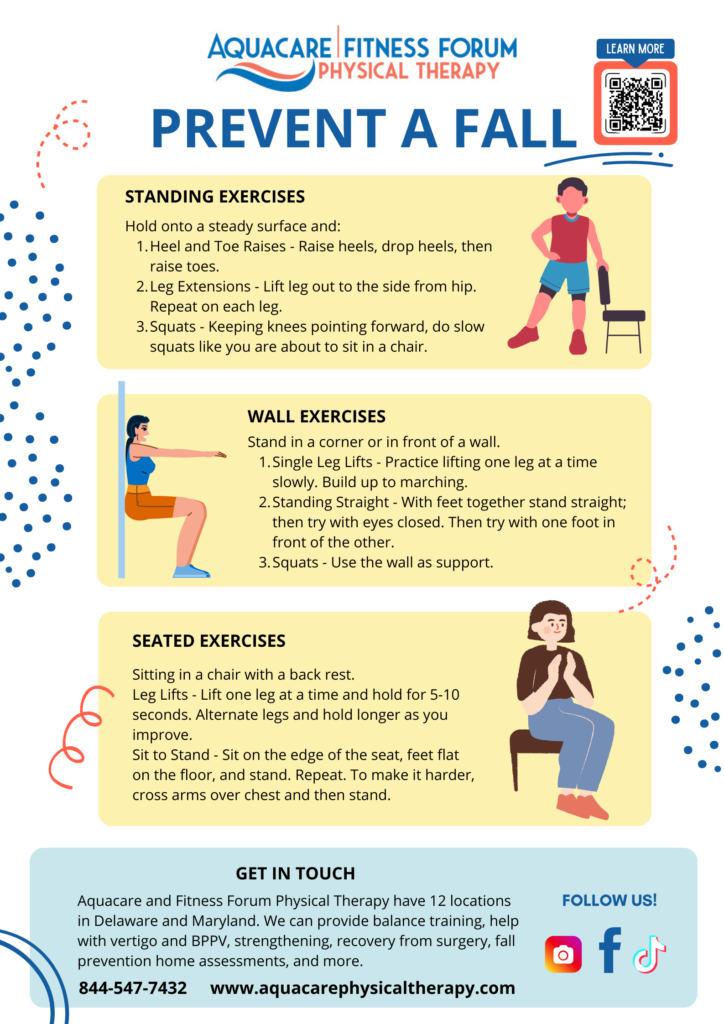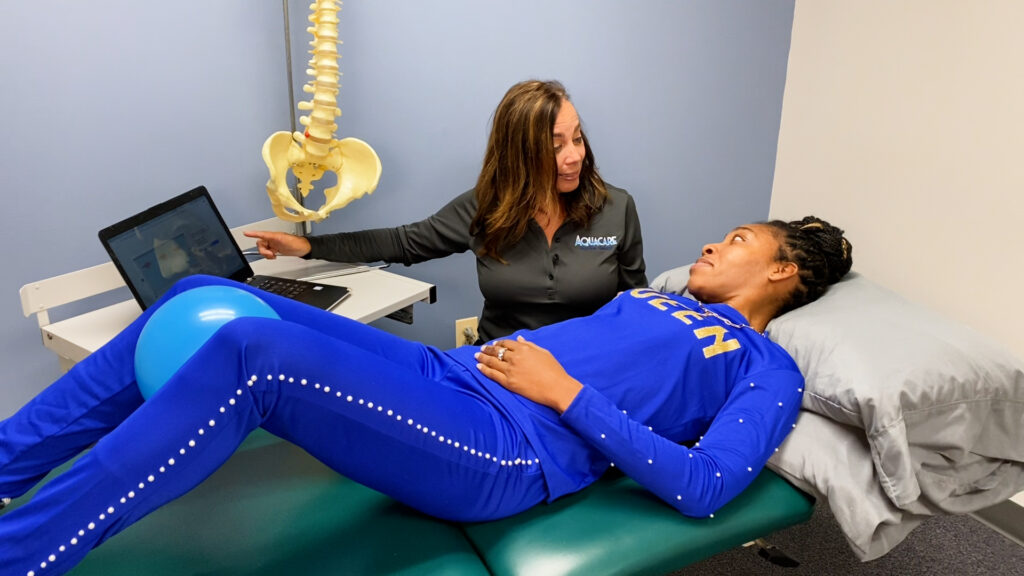
Pelvic Floor Therapy for Endometriosis

Finding Relief from Endometriosis Pain: How Pelvic Floor Physical Therapy Can Help
By Cara Konlian, MSPT, CEO, Aquacare/Fitness Forum Physical Therapy
For millions of women, endometriosis is more than just “bad period cramps.” It’s a chronic, often debilitating condition that affects an estimated 11% of women between the ages of 15 and 44 in the U.S.—roughly 6–7 million people. (World Health Organization; U.S. Office on Women’s Health)
Endometriosis occurs when tissue similar to the uterine lining grows outside the uterus, causing inflammation, scarring, and pain. Symptoms can include pelvic and back pain, painful intercourse, bowel or bladder discomfort, and fatigue. While there’s no single cure, new approaches in pelvic floor physical therapy (PFPT) are helping women manage pain, improve quality of life, and sometimes even extend the time between surgeries.
Understanding the Pelvic Floor Connection
Over time, chronic pelvic pain from endometriosis can cause the pelvic floor muscles to tighten and become overactive. These muscles—responsible for supporting your bladder, bowel, and reproductive organs—can stay “on guard,” contributing to more pain and dysfunction.
Pelvic floor physical therapy focuses on restoring normal movement and reducing tension in those muscles. Through techniques like gentle myofascial release, scar-tissue mobilization, biofeedback, relaxation training, and targeted exercise, pelvic floor therapists can help break the pain cycle and retrain the body to move more comfortably.
What the Research Shows
The science behind pelvic floor physical therapy is growing stronger each year.
A 2023 clinical trial published in the Journal of Clinical Medicine found that an 8-week manual therapy program for women with endometriosis-related pelvic pain significantly improved pain intensity, mobility, and quality of life—and those benefits lasted up to six months.
A 2022 study in the Journal of Pediatric and Adolescent Gynecology showed that adolescents with biopsy-confirmed endometriosis had clinically meaningful improvements in function and pain after a course of pelvic floor therapy as part of multidisciplinary care.
Another 2023 randomized trial in Medicina found that women with deep infiltrating endometriosis reported improvements in dyspareunia (painful intercourse) and greater pelvic floor relaxation following physiotherapy.
The consensus is clear: while physical therapy doesn’t remove endometrial lesions, it can play a vital role in reducing pain, improving function, and enhancing daily quality of life.
The Most Pelvic Floor Therapists in the Region are at Aquacare
At Aquacare Physical Therapy, our pelvic floor specialists understand how personal and complex endometriosis can be. With clinics across Delaware and Maryland, Aquacare has built the region’s largest pelvic health team—each therapist offering individualized care designed around your unique needs.
Gabrielle Giannone, PTA, of Aquacare Lewes-King Street Row, explains: “Step one is listening. We map your symptoms—period pain, pelvic tension, pain with intimacy—and create a plan using gentle hands-on therapy, relaxation, and breathwork. Many women feel relief within just a few visits.”
Paige Migdon, PT, DPT, of Aquacare Milford, adds: “Our goal isn’t just to strengthen—it’s to teach your pelvic floor to relax. With biofeedback and mobility training, we can help calm the muscles that have been overworking for years.”
Katie Hogue, PT, DPT, of Aquacare Berlin, focuses on returning patients to what they love: “We guide women toward pain-free movement, comfortable exercise, and confident intimacy. Education is huge—understanding your body changes everything.”
Pelvic Floor Therapy Reduces Pain and Changes Lives
Cara Konlian, MSPT, CEO and founder of Aquacare, began the practice 28 years ago with a mission to make specialty physical therapy more accessible. “Pelvic floor therapy changes lives,” says Konlian. “We’ve seen firsthand how this care restores hope for women who thought pain was something they had to live with.”
What to Expect in Treatment
Your first visit includes a private, detailed evaluation to understand your history, symptoms, and goals. From there, treatment may include:
Gentle internal and external myofascial release
Scar-tissue mobilization and desensitization
Relaxation and breathing techniques
Biofeedback to retrain pelvic floor coordination
Mobility and core re-education
Education for managing flares and improving daily comfort
Most patients attend weekly sessions for several weeks, with progress measured through pain scores, mobility, and function.
Takeaway: Hope and Healing Are Possible
If you’ve been diagnosed with endometriosis—or suspect you may have it—pelvic floor physical therapy offers a proven, conservative way to manage symptoms and reclaim your quality of life.
At Aquacare, our pelvic health therapists partner closely with OB-GYNs, pain specialists, and surgeons to ensure you receive the most comprehensive care possible. Whether your goal is to reduce pain, prepare for or recover from surgery, or simply enjoy more pain-free days, our team is here to help.
Schedule your pelvic health consultation today. Click here to fill out the Contact form. Or click here to view all of our locations and call the location nearest you.

